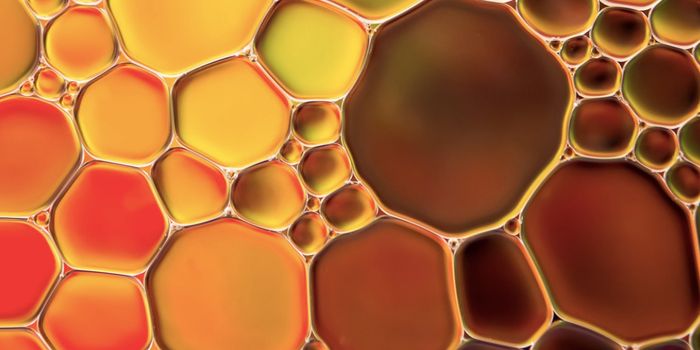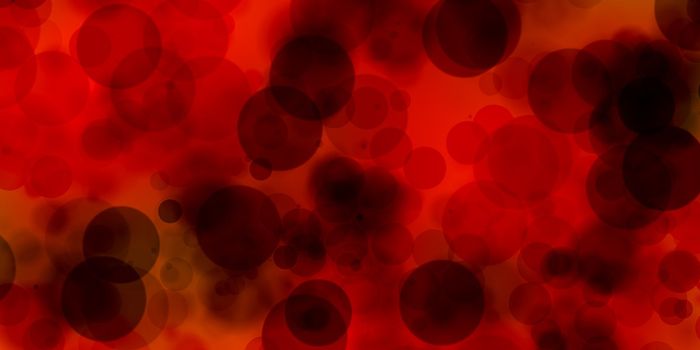"Pawsitive" Effects of Pet Therapy
Over the past couple of months, we have explored art and music therapies, two types of alternative therapeutic approaches that can benefit cancer patients. Now, we will look at pet therapy, another alternative approach that can boost mood and reduce stress in cancer patients.
Wet noses, wagging tails, and snuggles. Just seeing a photo of a cute puppy can make you smile. Even on a bad day, simply petting a pup can give a mood lift to any dog lover. But what about someone undergoing an extremely stressful event like cancer treatment? The research on pet therapy also called animal-assisted therapy (AAT) may be limited. Still, both research and anectodical evidence suggests that our furry friends give an added boost, even to vulnerable patients facing extreme fear and uncertainty.
Pet therapy can come in many shapes and forms. AAT describes specific activities involving trained animals, usually dogs, to improve a patient’s health. Many cancer centers, including Memorial Sloan Kettering, Moffit Cancer Center, Penn Medicine, Roswell Park Comprehensive Cancer Center, and UPMC Hillman Cancer Center.
Patient-animal interaction can occur at the same time as traditional therapies like chemotherapy or radiation. Researchers have investigated the benefits of pet ownership and companionship as well as visits from furry pals at hospitals and clinics.
Much of the available research on pet therapy for cancer patients involves childhood cancer. Nurses and caregivers of pediatric cancer patients reported that interacting with pets distracted and entertained young patients. Other studies show that pet therapy is associated with various benefits in childhood cancer patients, including decreased pain, distress, and fear, increased socialization and pleasure, and providing a distraction.
One study demonstrated that adult patients receiving radiation therapy, who dogs visited, felt their health was improved. Another study investigated the impact of pet therapy on adult patients (ages ranging from 25 – 83) undergoing chemotherapy. The researchers found that contact with pets during chemotherapy reduced depression and increased arterial oxygen saturation, a readout of how well oxygen is delivered to the organs. Head and neck cancer patients receiving chemoradiation therapy showed improved social and emotional well-being after pet therapy.
It is important to note that while regular visits from furry friends may boost mood and prove beneficial for some patients, this type of alternative therapy will not be possible for everyone. Some people are fearful of animals or may experience allergies in their presence. Also, some severely immunocompromised patients may be susceptible to infections transferred from animals (known as zoonotic transmission). Pet therapy should be discussed between doctors and patients to determine risks and benefits.
While there is some evidence to suggest that pet therapy is beneficial to cancer patients, research is limited and lacks significant randomized controlled trials. However, patients interested in pet therapy and healthy enough to interact with a pet may experience some very “pawsitve” effects.
Sources: Crit Rev Hematol Oncol, Res Braz Enferm, J Pediatr Oncol Nurs (Urbanski), Complement Ther Clin Pract, J Pediatr Oncol Nurs (Chabuk), Oncol Nurs Forum, Anticancer Res, J Community Support Oncol









